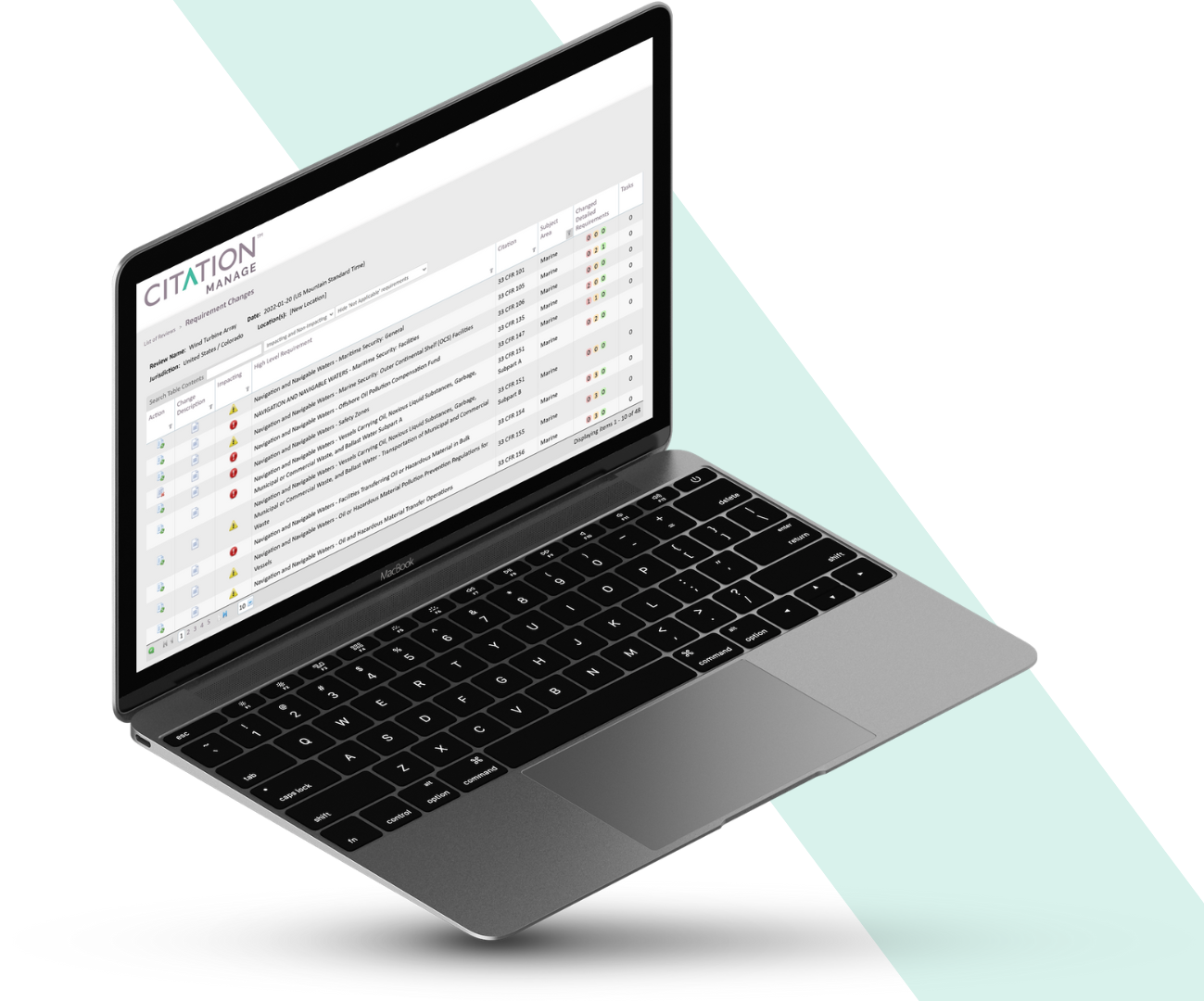How automation fuels compliance tracking software to support the hybrid office
It’s time to go back to the office.
Or is it? Companies are still searching for a definitive answer to this question as the world is slowly returning to a pre-pandemic state. Over two years of remote work has changed the perception of a “normal” office. EHS experts, as well as other professionals who do return to the office, are likely to find that many attributes of a modern office have changed, from furniture to office management and workflow tools. For example, working from home got people accustomed to plenty of privacy during the workday. To accommodate workers heading back to the office, modern furniture collections feature built-in dividers that physically separate workers from one another to keep them comfortably isolated.
Since fancy furniture may not be enough to convince office workers to return to the office full time, a hybrid workspace emerged as a reasonable compromise. Except it presents a host of logistical issues around sharing the physical space and digital infrastructure along with keeping track of highly divergent schedules. Software does exist that promises to introduce efficiencies in the hybrid workspace with room booking, desk hoteling and allocation, visitor management and calendar synchronization, however even more efficiencies can be gained when it comes to the legal compliance sector through the adoption of automation in their day-to-day tasks.
Regulatory compliance tracking software is perfect for automation
Once knowledge workers like EHS professionals and lawyers found themselves away from the office's formal and informal knowledge exchange ecosystems, their interest in automating low-value processes got a shot in the arm. For example, AI-powered solutions for the legal field now offer to automate the creation of long documents that are essentially compilations and restructurings of other papers. The worker would answer a set of questions, and an application would create a legal document based on these instructions, with the bonus of maintaining and updating such documents in the future. Automation in the office has already set in as a legacy of the pandemic and is a trend that will reshape the very nature of work for most compliance professionals in the years to come.
Fast track your way to legal compliance
Citation Manage™ offers a similar approach to automating the management and tracking of regulatory compliance. Whether you work fully remote, 100% in the office or use a hybrid solution, Citation Manage™ will optimize your working hours and direct your attention to the high-value tasks that require an expert decision and action to be made. The platform will take over the mundane tasks of tracking occupational, environmental, health and safety regulatory changes and alert you to any actions related to new information in the system. This way, your time back in the office can be dedicated to productive teamwork and in-person meetings to reconnect with colleagues. For example, in October 2022, the platform tracked 1,304 regulatory updates in the U.S. That’s 1,304 times that manual legal research wasn’t needed over just one month and one country! Of these regulatory updates, 1,113 were non-impacting, 203 were impacting, 16 were rescinded, and 4 were new.
An “impacting” change means that it could potentially modify a previous applicability assessment or task associated with a requirement (such as a new listing of regulated activities, new requirement, change in reporting timeframes, change in monitoring frequencies, change in the type of forms to submit, etc.).
A “non‐ impacting” change means the modification would not change a previous applicability assessment or actions from that assessment (for example, fixing typos, fixing grammar, fixing citation structure, and other similar administrative changes).
New requirements and rescinded requirements will always be considered “impacting”. Modified requirements may or may not be impacting, depending on the specific revisions. Records with no change to the regulation are considered “non‐impacting.”
Since the automation of regulatory compliance is a trend that is here to stay, early adopters of Citation Manage™ will enjoy higher efficiency dividends and will have more time than a mainstream compliance professional to hone their skills in automating regulatory compliance tasks.
The availability of automated compliance management processes will also present a competitive advantage for business leaders when recruiting EHS talent in a tight job market, as more compliance professionals are accustomed to using automation for their direct responsibilities and managing their office life in a hybrid environment.
Get in touch today to find out how Citation Manage™ will help you maximize your time in or out of the office.


